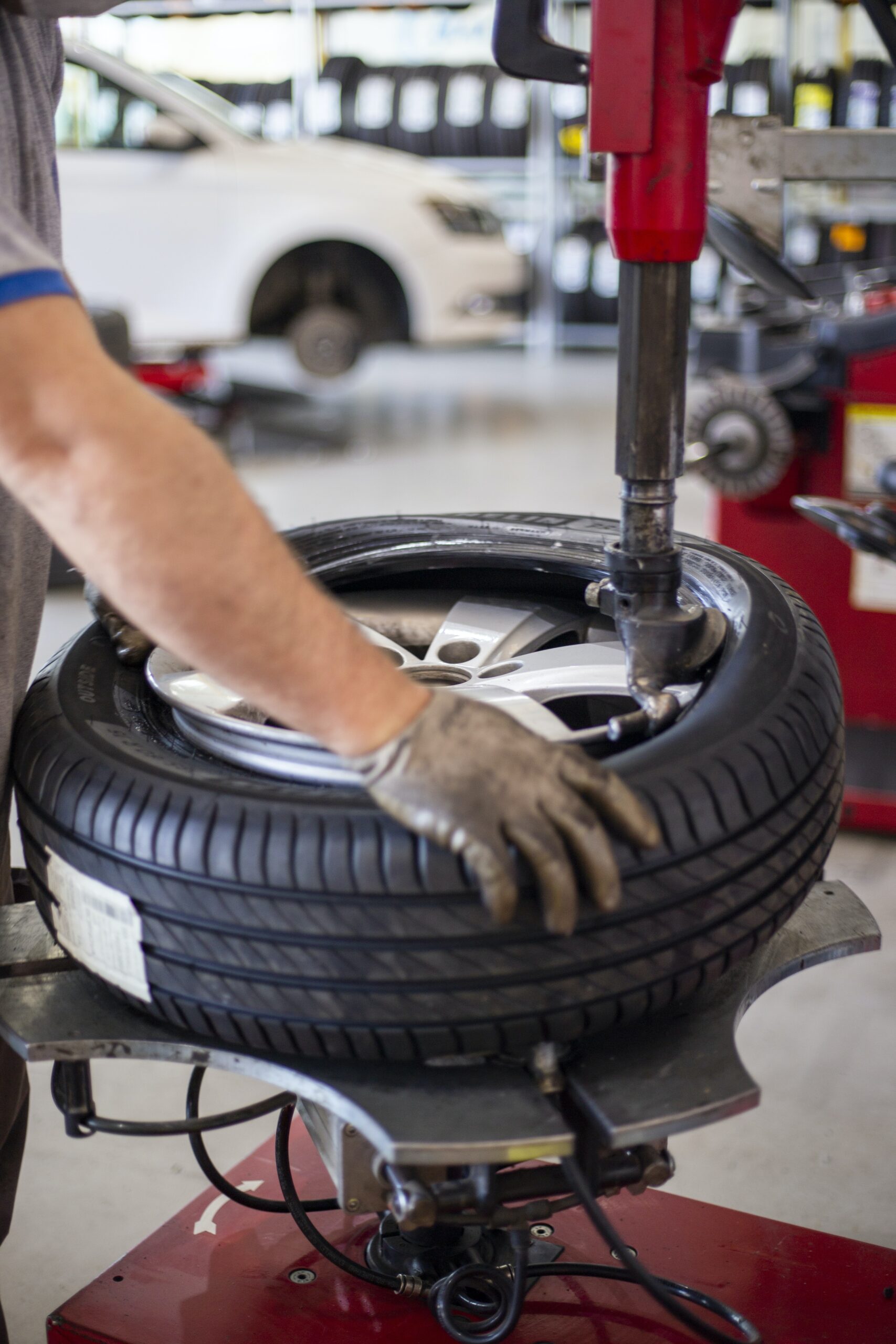When it comes to using summer tires, one of the key considerations is the ideal temperature range. After all, you want to ensure optimal performance and safety on the road. In this article, we will explore the recommended temperature range for summer tires and why maintaining the right temperature is crucial for their performance. Whether you’re a seasoned driver or new to the world of summer tires, this article will provide valuable insights to help you make informed decisions on the road. So let’s dive in and discover the ideal temperature range for using summer tires!
Understanding Summer Tires
Definition of Summer Tires
Summer tires, also known as performance tires, are specifically designed to provide optimal traction and handling in warm weather conditions. They are made with a unique rubber compound that remains flexible in higher temperatures, allowing for better grip on dry or slightly wet roads. These tires often have a tread pattern that enhances cornering stability and offers excellent maneuverability.
Characteristics of Summer Tires
One of the key characteristics of summer tires is their ability to provide superior dry traction. The tread pattern of these tires is designed to maximize the contact patch with the road, resulting in improved grip and responsiveness. Additionally, summer tires usually have shallow grooves, allowing for better water evacuation and reducing the risk of hydroplaning in light rain conditions.
Advantages of Summer Tires
Summer tires offer several advantages over other types of tires. Firstly, they provide excellent performance on dry roads, allowing for precise handling and increased control. Secondly, their enhanced grip promotes better acceleration and shorter braking distances, contributing to safer driving. Additionally, summer tires tend to be quieter and provide a smoother ride compared to other types of tires.
Disadvantages of Summer Tires
While summer tires excel in warm weather conditions, they do have some drawbacks. One significant disadvantage is their poor performance in cold temperatures. The rubber compound used in summer tires hardens in lower temperatures, resulting in decreased traction and compromised handling. Furthermore, summer tires are not suitable for snowy or icy road conditions, as they lack the necessary tread pattern and tread depth to provide adequate grip.
Factors Affecting Summer Tire Performance
Temperature
Temperature has a significant impact on the performance of summer tires. As mentioned earlier, summer tires are designed specifically for warm weather conditions. When the temperature drops below a certain threshold, the rubber compound of the tires becomes less pliable, leading to decreased traction.
Road Surface
The condition of the road surface also affects the performance of summer tires. Dry roads provide the optimal conditions for summer tires to exhibit their full potential, with increased grip and handling capabilities. However, wet roads, especially those with standing water or ice, can significantly reduce the effectiveness of summer tires.
Tire Tread
The tread pattern is crucial for tire performance, and summer tires have a specific tread design that enhances their capabilities. The shallow grooves and solid center rib found in summer tires offer better road contact, resulting in improved traction and cornering stability. However, as the tread wears out, the tire’s performance may decline, reducing its effectiveness in various weather conditions.
Driving Style
Driving style plays a role in the performance of summer tires as well. Aggressive driving, such as excessive acceleration, hard braking, and sharp cornering, can put more stress on the tires and decrease their lifespan. It is important to drive responsibly and adapt your driving style to the capabilities and limitations of your summer tires.
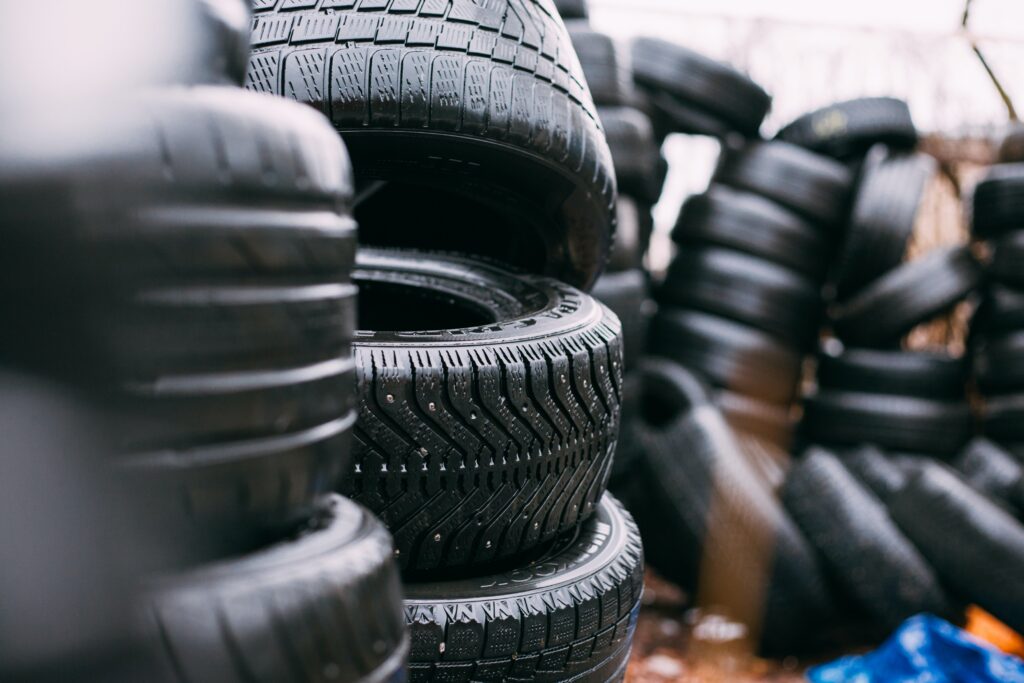
Ideal Temperature Range for Summer Tires
Temperature Range Definition
The ideal temperature range for summer tires is typically between 7°C (45°F) and 32°C (90°F). Within this range, the rubber compound of summer tires remains pliable, providing optimal grip and performance. Tires outside of this range may exhibit decreased traction, compromised handling, and reduced overall performance.
Optimal Temperature Range
The optimal temperature range for summer tires lies between 21°C (70°F) and 32°C (90°F). Within this range, the rubber compound reaches its peak performance, delivering excellent grip, responsive handling, and shorter stopping distances. These temperatures are commonly experienced during the summer months in many regions.
Temperature Thresholds
Summer tires start to become less effective as temperatures drop below 7°C (45°F). The rubber compound hardens, reducing the tires’ ability to grip the road. As the temperature approaches freezing or below, summer tires may provide significantly diminished traction, resulting in unsafe driving conditions. On the other end of the spectrum, when temperatures exceed 32°C (90°F), summer tires may experience increased wear and a higher risk of blowouts.
Effects of Lower Temperatures on Summer Tires
Decreased Grip
In colder temperatures, summer tires lose their flexibility and become stiffer. This leads to decreased grip on the road, making it more challenging to maintain control and stability while driving. Braking distances also tend to increase, further compromising safety on cold roads.
Reduced Traction
The reduced flexibility of the rubber compound in lower temperatures results in reduced traction. This means that the tires are less capable of effectively gripping the road, especially during acceleration and cornering. Reduced traction can increase the risk of skidding, sliding, and loss of control.
Longer Stopping Distances
Due to the decreased grip and traction, summer tires take longer to stop in colder temperatures. This poses a significant safety risk as it increases the likelihood of accidents, especially in situations where sudden braking is required.
Increased Risk of Hydroplaning
Summer tires are not designed to handle wet road conditions adequately, and this becomes even more apparent in colder temperatures. The reduced ability to effectively disperse water from the road can lead to a higher risk of hydroplaning, where the tires lose contact with the road surface and slide on a thin layer of water. This can drastically reduce control and increase the risk of accidents.
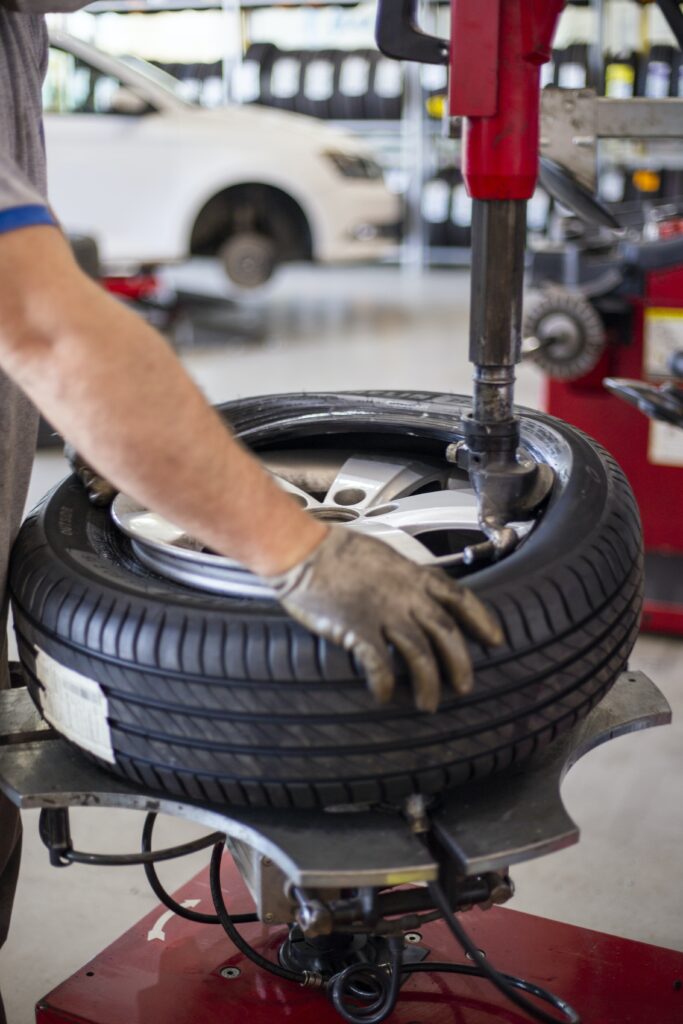
Effects of Higher Temperatures on Summer Tires
Increased Wear
High temperatures can accelerate tire wear, especially on hot pavement. The constant exposure to heat can cause the tire’s rubber compound to deteriorate more quickly, leading to reduced tread life. Regular inspection and maintenance are crucial to monitor for signs of excessive wear, such as uneven tread wear patterns or shallow tread depth.
Reduced Lifespan
The combination of higher temperatures, increased wear, and potential exposure to harsh road conditions can shorten the overall lifespan of summer tires. It is essential to follow proper tire maintenance practices and replace worn-out tires promptly to ensure safe driving.
Reduced Tire Performance
In extreme heat, summer tires can experience reduced performance due to the degradation of the rubber compound. This can result in decreased grip, compromised handling, and longer stopping distances. It is vital to stay cautious and adapt your driving style to accommodate for these limitations when driving in high temperatures.
Risk of Blowouts
Prolonged exposure to high temperatures can increase the risk of tire blowouts. The excessive heat can cause the tire’s internal structure to weaken, leading to sudden failures. Regularly checking tire pressure and ensuring it is within the recommended range can help reduce the risk of blowouts.
Alternative Options for Extreme Temperatures
All-Season Tires
For drivers who encounter a wide range of weather conditions, including moderate winter conditions, all-season tires are a viable option. These tires are designed to offer satisfactory performance in various weather conditions, including mild winter driving. While they may not provide the same level of performance as summer tires in warm conditions or winter tires in cold conditions, they provide a good balance of performance and versatility.
Winter Tires
For areas with harsh winter climates and significant snowfall, winter tires are the best option. They are specifically engineered to maintain traction and grip on snow and ice-covered roads. The deep tread pattern and supple rubber compound allow winter tires to remain pliable even in freezing temperatures, providing excellent control and handling.
Performance All-Season Tires
For those seeking a compromise between the specific performance characteristics of summer and winter tires, performance all-season tires are worth considering. These tires offer improved dry traction compared to traditional all-season tires while still providing enhanced handling in wet or slightly snowy conditions. However, they may not perform as well as dedicated summer or winter tires in extreme weather conditions.
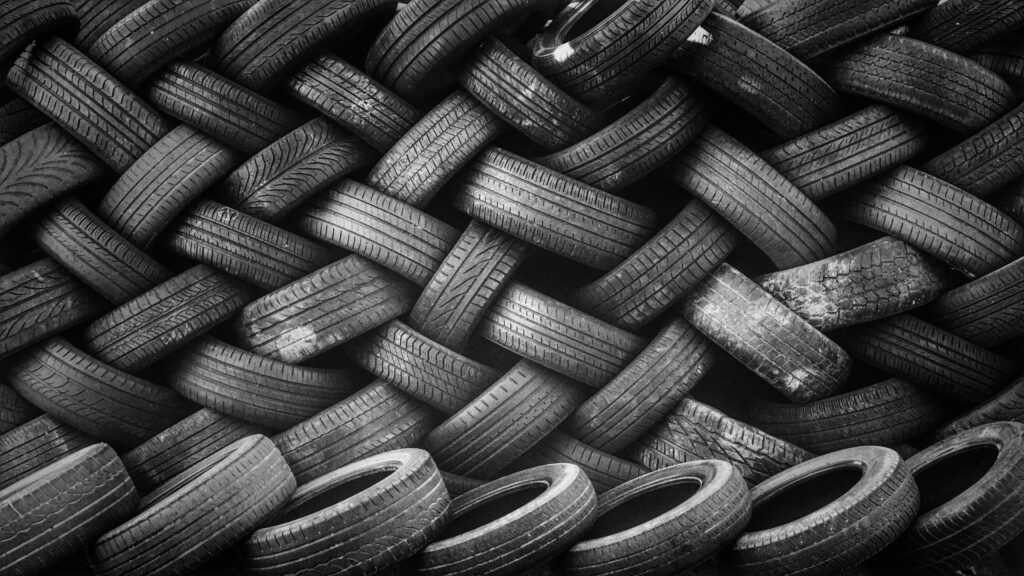
Importance of Monitoring Tire Pressure
Tire Pressure and Temperature Relationship
Tire pressure is affected by temperature fluctuations. As temperatures rise, the air inside the tire expands, increasing the tire pressure. Conversely, as temperatures drop, the air contracts, leading to a decrease in tire pressure. It is crucial to monitor tire pressure regularly, especially when transitioning from cooler to warmer weather conditions.
Effects of Incorrect Tire Pressure
Incorrect tire pressure can have a significant impact on tire performance and safety. Overinflation can lead to reduced contact with the road, resulting in compromised grip and handling. Underinflation, on the other hand, can cause increased rolling resistance, decreased fuel efficiency, accelerated tire wear, and potentially overheating, which can lead to tire failure.
Regular Maintenance and Monitoring
To ensure optimal performance and longevity of your summer tires, regular maintenance and tire pressure monitoring are essential. It is recommended to check tire pressure at least once a month or before embarking on long journeys. Additionally, regularly inspecting the tires for any signs of damage or wear can help identify potential issues before they escalate.
Tips for Safe Summer Tire Usage
Check Tire Condition
Regularly inspect the condition of your summer tires for any signs of damage, such as cuts, bulges, or cracks. If any abnormalities are detected, it is crucial to have the tires inspected by a professional or replaced if necessary. Driving on damaged tires can compromise safety and lead to further damage.
Monitor Tire Tread Depth
The tread pattern is crucial for maintaining traction and handling performance. Check the tread depth regularly using a tread depth gauge or the built-in wear indicators. If the tread depth falls below the recommended minimum, it’s time to replace the tires. Inadequate tread depth reduces the tire’s ability to evacuate water, increasing the risk of hydroplaning and compromising overall safety.
Avoid Sudden Maneuvers
Summer tires provide excellent grip and handling, but it is important to avoid sudden or aggressive maneuvers, especially on wet or slippery surfaces. Gradual acceleration, braking, and steering inputs allow the tires to maintain their grip and maximize overall control.
Maintain Recommended Tire Pressure
Proper tire inflation is crucial for optimal performance and safety. Follow the vehicle manufacturer’s recommended tire pressure, which can usually be found in the owner’s manual or inside the driver’s door jamb. Regularly check and adjust tire pressure to ensure it remains within the recommended range.
Regularly Rotate Tires
To ensure even wear and prolong the lifespan of your summer tires, it is recommended to have them rotated regularly. Rotating the tires helps distribute the wear more evenly across all four tires, allowing for a longer tread life and ensuring consistent performance.
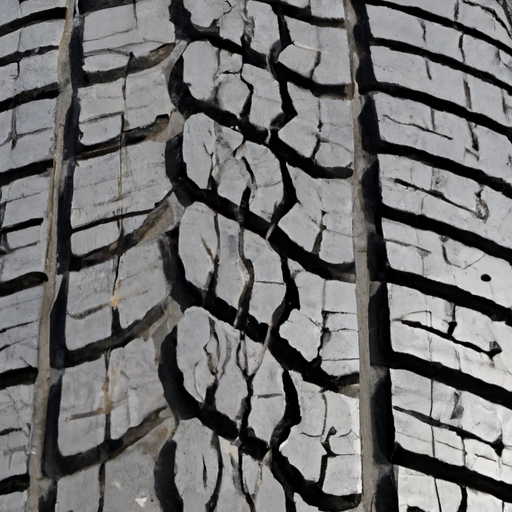
Conclusion
Understanding summer tires and their ideal temperature range is vital for safe and optimal driving during warmer months. While summer tires provide excellent performance in warm conditions, it is important to be aware of their limitations in colder temperatures. Regular maintenance, monitoring tire pressure, and adhering to recommended tire care practices will ensure the longevity and effectiveness of summer tires. Consider the alternative tire options available for extreme temperature conditions, such as all-season tires or winter tires, to suit your specific driving needs. With the knowledge and proper care, you can fully enjoy the benefits of summer tires while staying safe on the road.

